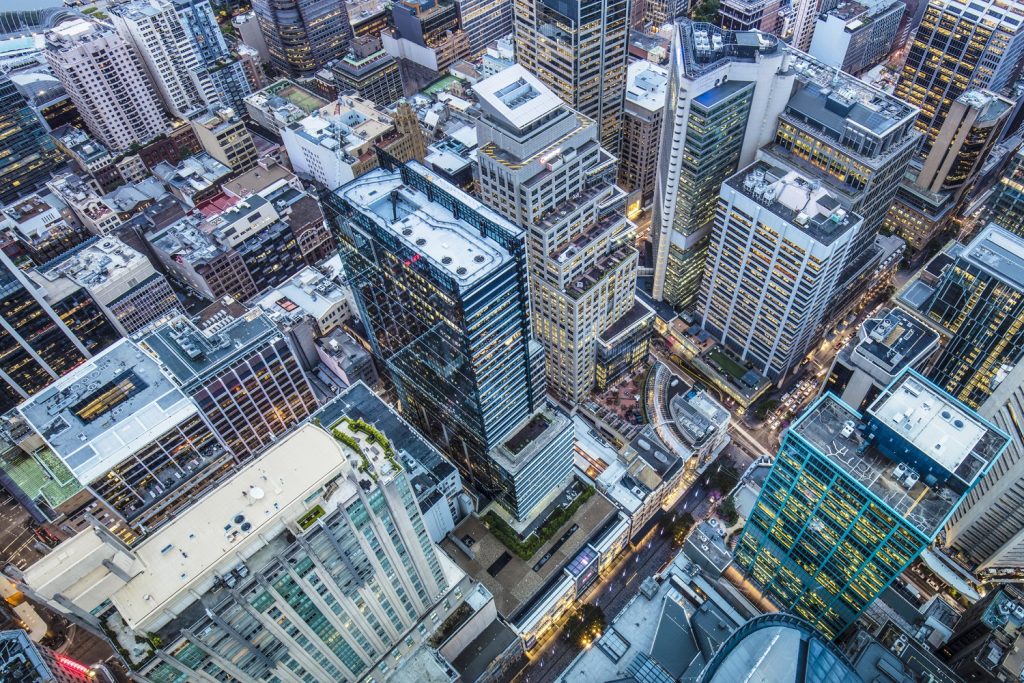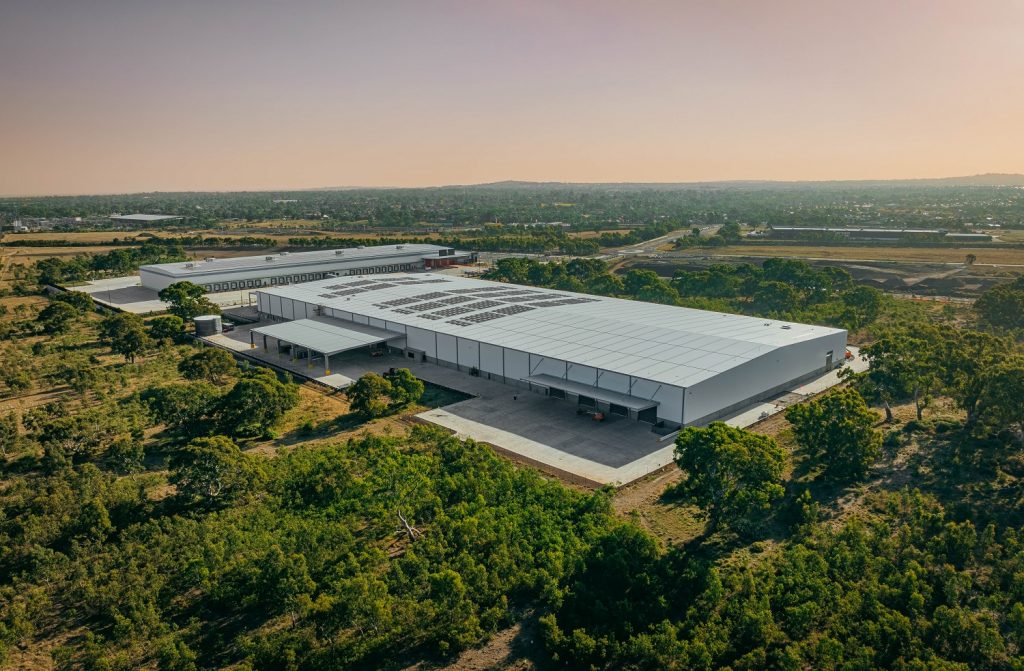Mirvac’s sale of a two-thirds stake in its planned $2 billion Sydney office tower to Japanese conglomerate Mitsui Fudosan was the biggest Australian commercial property deal of the 2023-24 financial year.
MSCI data showed that Mitsui Fudosan’s $1.32 billion acquisition of a majority stake in the 55 Pitt Street project was the most expensive commercial property deal during the 12 months to 30 June 2024.
Preliminary results showed that Australian commercial property transaction volumes totalled $41 billion during the 2023-24 financial year, which was down around 30 per cent compared to the previous financial year, according to MSCI.
Benjamin Martin-Henry, head of real assets research, Pacific at MSCI, said most market commentary had centred around how poorly the office sector had been performing, which was largely fair.
“However, encouragingly, the market has seen an increase in activity recently for the office sector, with preliminary figures showing volumes of $3.1 billion in Q2, up 57 per cent compared to Q2’23,” Mr Martin-Henry said.
Another recent office deal was Mirvac’s sale of a half stake in National Australia Bank House in Sydney to Singapore-listed Keppel REIT for about $364 million in April.
Mirvac also offloaded the 60 Margaret Street office asset in Sydney – that it co-owned with Blackstone – to AsheMorgan and Japanese developer Mitsubishi Estate for about $796 million last year.
Residential and industrial real estate made waves last financial year as well. Among the top deals was Singaporean sovereign wealth fund GIC’s sale of land lease operator Serenitas to Mirvac and Pacific Equity Partners Secure Assets (PEP) for about $1.01 billion last October.
Lendlease’s $1 billion-plus sale of 12 residential communities to a joint venture between Stockland and Thai investor Supalai was also a major deal last financial year.

Australian office deal volumes were up 57% in the second quarter of this year, compared to the same time last year. Picture: Getty
While the deal was announced last December, it has been delayed by the Australian Competition and Consumer Commission which says the deal lessens competition in four markets within NSW, Western Australia and Queensland.
Mr Martin-Henry said the land lease sector was one of the fastest-growing sectors in the country.
“Looking ahead, the outlook for the land lease sector in Australia remains positive,” he said.
“The combination of demographic shifts, affordability pressures, and lifestyle preferences suggests continued demand for land lease communities.”
In the industrial sector, Unisuper and ISPT acquired the Burra Park greenfields industrial development site near the new Western Sydney International Airport for a reported $850 million in March, according to MSCI.

One of the warehouses in the Goodman portfolio. Picture: Rest Super
Industrial powerhouse Goodman Group also sold a portfolio of 12 industrial properties to Rest Super and Barings for about $780 million in May.
Industrial deals were down 21 per cent year-on-year during last financial year, while office transaction volumes were 40 per cent lower, preliminary MSCI figures showed.
There were about $1.8 billion worth of retail deals in the 2023-24 financial year, down 16 per cent, compared to the previous period.
While transaction levels volumes have been suppressed, there are signs that commercial property deal activity could rise over the next six to 12 months, backed up by new sales listing, enquiry and pending deal data.
Sales listing and enquiry figures from Realcommercial.com.au showed there was growing activity among buyers and sellers during last financial year.

Serenitas owns and operates lifestyle communities across Australia. Picture: Getty
Sales listings were up 15 per cent for industrial and 10 per cent higher for offices and retail in FY23-24, compared to the previous financial year, while buyer enquiries were up 11 per cent for offices and eight per cent for industrial.
PropTrack senior economist Anne Flaherty said commercial deal volumes were expected to rise over the next financial year.
“While the price expectations gap between buyers and sellers remains a factor, the gap has been narrowing,” Ms Flaherty said.
“Yield expansion has been slowing across most asset types, though we likely aren’t done yet, so investors who have been holding off until prices fully correct are starting to re-emerge.”
Ms Flaherty said that the increase in stock hitting the market implied more vendors want to get deals done.

PropTrack senior economist Anne Flaherty says commercial deal volumes are expected to rise over the next 12 months.
More distressed sales were likely as well due to rising vacancy and high holding costs, she added.
Mr Martin-Henry also expects the next 12 months to be better for deal activity than the last.
However, he believes a two-tiered market will remain, with volumes for high-quality assets set to pick up, while more secondary-grade assets were still likely to struggle.
“We have a pipeline of around $3 billion worth of assets awaiting settlement, which is quite substantial in itself,” he said.
“The general consensus is the market is nearing – or has reached – the bottom of the cycle for many asset classes, so I would expect an increase in deal activity as investors look to secure deals before prices start to rise again.”

